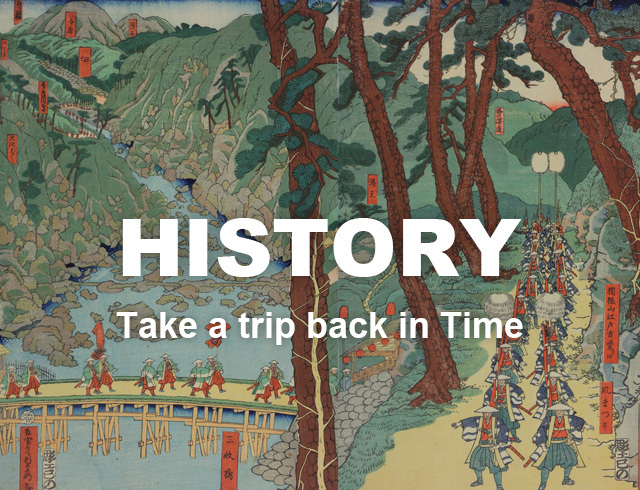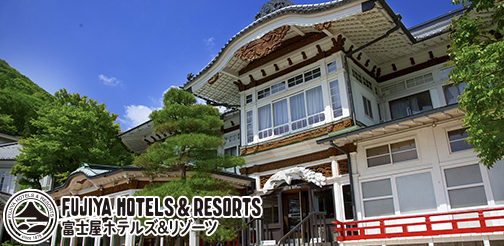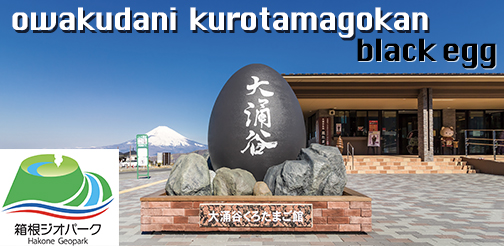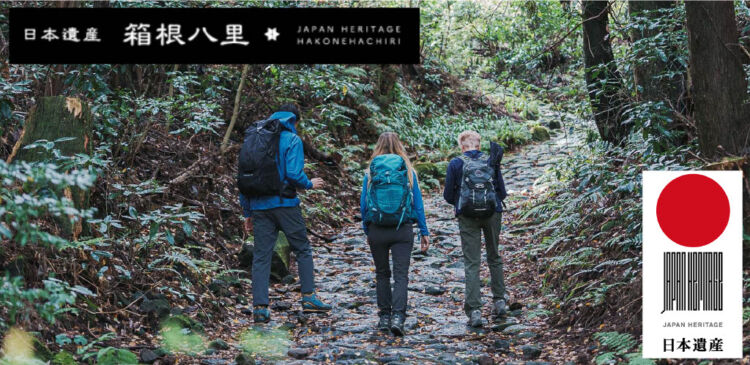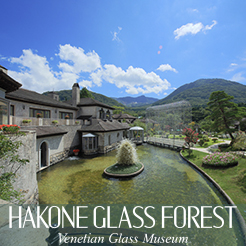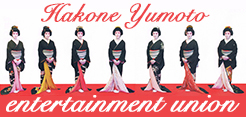Setsubun, observed on February 3, is the last day of winter in the traditional Japanese calendar. It is also a day of cleansing, which is accomplished through the ritual of mamemaki. Literally “bean-throwing,” this is a custom by which people seek to ward off evil. Shouting Oni wa soto! Fuku wa uchi! (“Demons out! Good luck in!”), people open their doors and windows and fling hard, dried soybeans believed to drive harmful spirits away. In Hakone, the Setsubun revelry begins on the evening of February 2, when a 20-minute fireworks display lights up Lake Ashi to highlight the coming day’s festivities. On February 3, Hakone Shrine hosts a series of ceremonies intended to keep the evil spirits away. The climax comes early in the afternoon, when one of the priests slips into a costume, pulls on a pair of water skis in a nod to the region’s watersport tradition, and zips across the surface of the lake while onlookers hurl beans at the speeding demon. If the spectacle makes you hungry for something more than a few dried beans, head back up to the shrine, where local delicacies such as deep-fried wakasagi (Japanese pond smelt) and cups of sake are handed out for free.
This English-language text was created by the Japan Tourism Agency.

